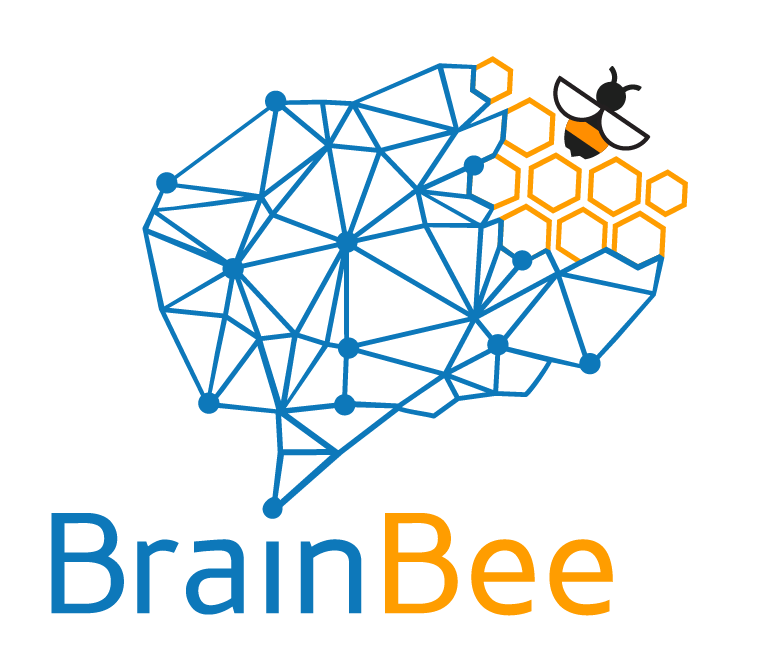
IBB 2019 Competition Format
The core of the International Brain Bee World Championship program is the five competition sections, which explore students’ knowledge of both theory and practice, from research neuroscience to medical neurology. Expert neuroscientists will judge the competition at every level. All competition media will be presented in English.
English Language Dictionary Use
Students who are not native English speakers may bring one English language dictionary in hard copy to every section of the competition. Digital dictionaries will not be allowed. Only general language dictionaries are to be used- no medical dictionaries. Please ensure that dictionaries do not have notes written inside. Judges will check before each competition section. Notes unrelated to the Brain Bee will be permitted.
Format
The Competition will be separated into five sections:
Written Quiz
A 45-question multiple-choice and short-answer quiz, to be completed in 60 minutes. Some questions will involve data and graphical analysis and reasoning. This section is worth 25% of the final score.
Neuroanatomy Practical
Using anatomical human brain models, students will spend 90 seconds at each of 25 stations to provide the name or basic functions of various neural structures. No list of possible answers will be given. This section is worth 20% of the final score.
Neurohistology Practical
Human brain and nervous tissues will be displayed under microscopes, approximately 10 in total. Within 90 seconds, students must identify the structures by name. The list of possible structures will be available. This section is worth 10% of the final score.
Patient Diagnosis
Video footage of real patients (30-60 seconds) will be shown alongside a brief written medical history. Students may request results from two lab or imaging exams to assist in a final diagnosis within 5 minutes total. Up to 8 Patients total will be featured. This section is worth 20% of the final score.
Live Judging Session
A panel of expert neuroscientists will pose questions one-by-one to the group of student participants, occasionally with a projected visual component. All questions will be shown in writing on the screen. Students are given 30-90 seconds to write and present their answers, according to the particular question. Approximately 25 questions in total will be asked. This section is worth 25% of the final score.
Study Materials
The following two text books were primarily used in the development of the competition content:
“Essential Neuroscience” 3rd Edition by Siegal and Sapru (2015), ISBN: 978-1-4511-8968-1
“The Brain: An Introduction to Functional Neuroanatomy” by Watson, Paxinos & Kirkcaldie (2010), ISBN: 978-0-12-373889-9
For the Neurohistology Practical and Patient Diagnosis competition components, students are expected to prepare by using internet sources, based on the lists provided in the Study Guide. For the Neuroanatomy Practical, students should be prepared to name any structure presented in Chapter 1 of the “Neuroscience Essentials” textbook and provide a general function for each, if presented in Chapter 1. Students may use an English Dictionary for translations during all parts of the competition.
Judges
Expert neuroscientists from many parts of the world will oversee the Live Judging Session during the IBRO Congress, lead by Dr. Yoo-hun Suh, Co- Chair of the 2019 IBB Organizing Committee. For other sessions of the competition, the Organizing Committee will review all rules and details of the session format. Written student responses will be reviewed and scored in duplicate by members of the Organizing Committee. The judging panel will review the rules at the start of the Live Judging Session.
The rankings of the top 15 students will be presented during lunch and dinner on September 20 and half-way through the Live Judging Session on September 21.
